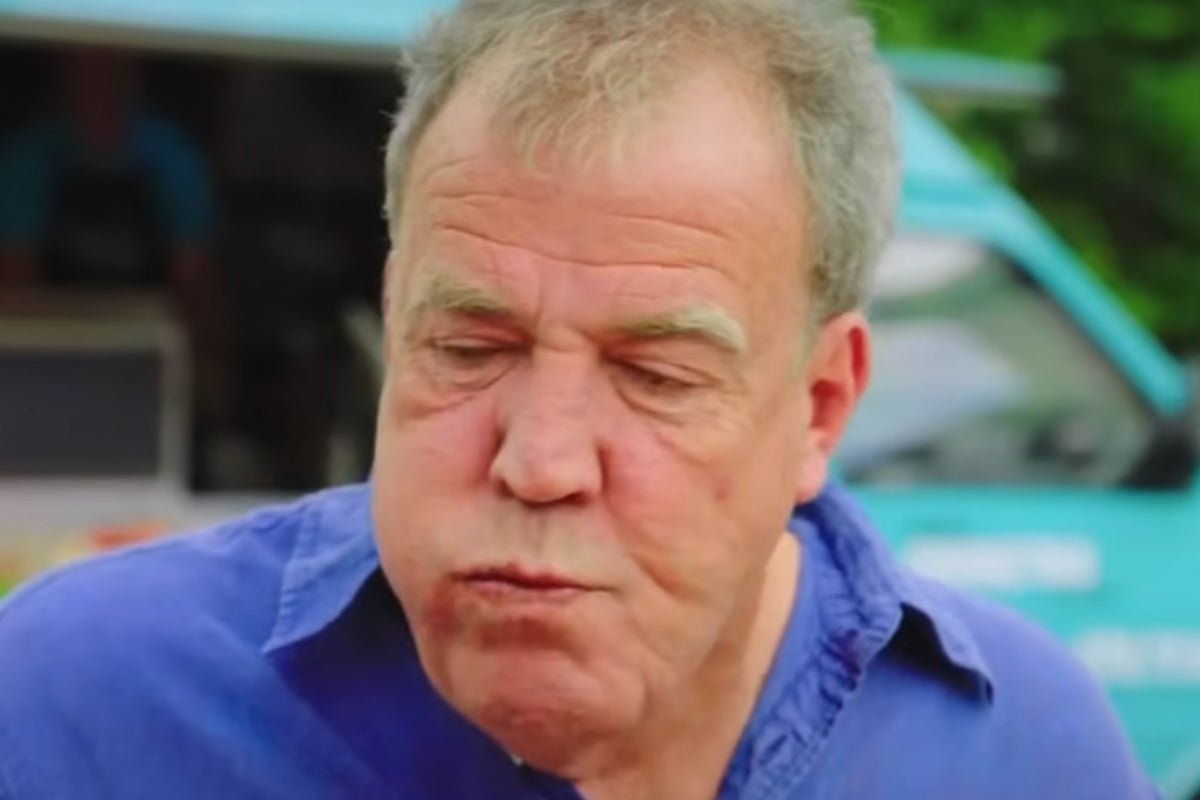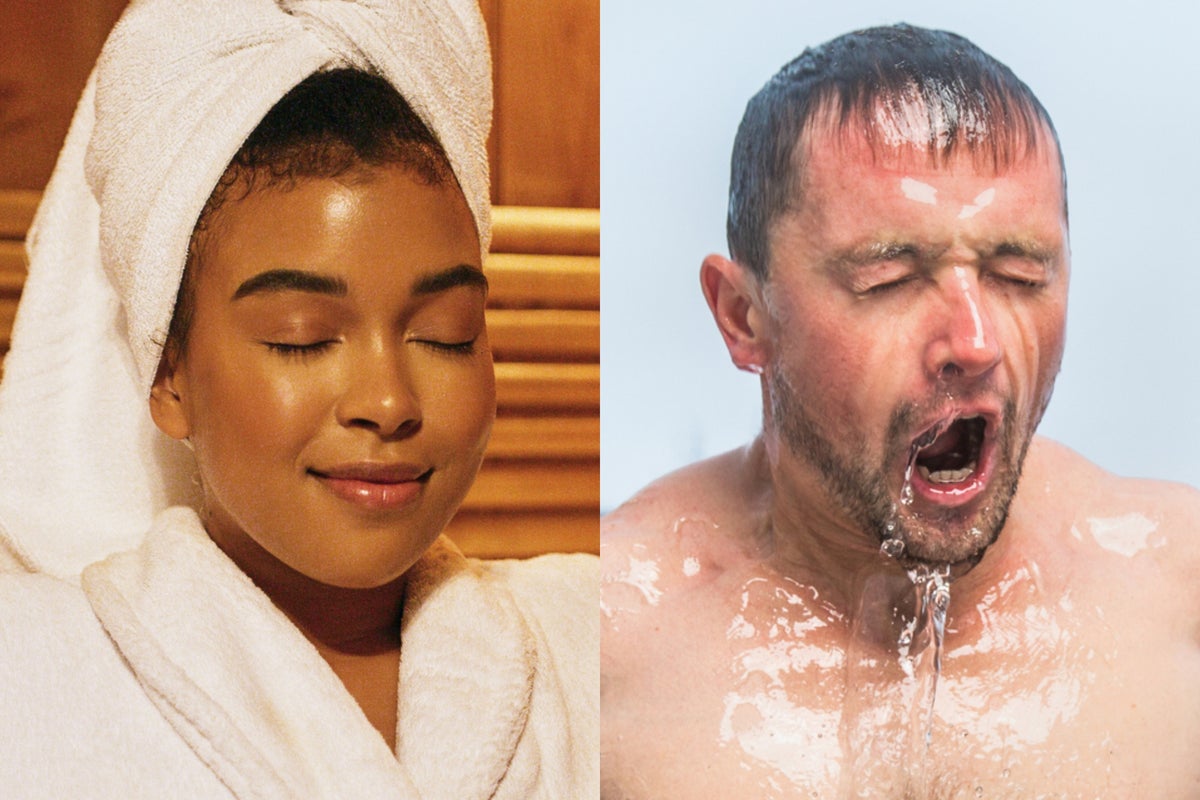
Coronation Street star says she has an incurable condition that’s ‘getting worse’
Coronation Street star Georgia May Foote, who played Katy Armstrong on the ITV soap, has said her incurable skin condition is “getting worse every day”.
Foote, who competed on Strictly Come Dancing in 2015, has been diagnosed with vitiligo, a condition caused by a lack of melanin pigment in the skin.
The long-term disorder, in which white patches of skin appear on different parts of the body is thought to be an autoimmune condition but is also thought to be hereditary in some cases.
The 34-year-old actor, who has also starred in Grange Hill, shared several pictures on her Instagram stories on Thursday (27 March), providing fans with an update on her ailment.
A picture of her hand can be seen in one of her stories where she wrote: “This was only a few months ago and it’s spread so so much since. I have always looked forward to holidays, but now for the genuine first time ever I’m so nervous to go.
“Instead of getting that confidence you get from a tan, I’m scared I’m going to get people staring at me. Also some of the patches you can’t see until the rest of you goes darker.”
In another post, which was a selfie of herself in a car, she wrote: “My heart goes out to anyone who has this condition. Mine was brought on in 2020. I wonder why!
“I just wanted to show the reality of it. Some days are so so hard and I get so angry about it. I will always try to be brave to show others with the condition it’s ok. Sometimes it gets the best of me.”
She added: “We have got this. I pray one day we get the cream passed for use in this country. When I go on holiday in a few weeks I beg to please be kind with comments. I know you will be able to see it a lot and it’s going to be hard to deal with.”
In recent years various other celebrities, including supermodel Winnie Harlow as well as Kim Kardashian and Kanye West’s son, have been diagnosed with vitiligo.

There is no cure for vitiligo and while treatment can be helpful in restoring the colour, it cannot prevent its spread or recurrence.
Typically, treatment options are based on improving the appearance of the skin using phototherapy – treatment with light – medication and camouflage creams.
The British Skin Foundation states that often no treatment may be required but that options can include:
Sunscreens: Areas of vitiligo will burn easily in the sun. The use of a sunscreen with a high sun protection factor (SPF) of 30 or higher to all exposed areas helps to protect skin affected by vitiligo, and also, when applied more widely, reduces the contrast between the areas of vitiligo and the surrounding normal skin.
Topical corticosteroids: The application of a potent or very potent corticosteroid anti-inflammatory cream or ointment to areas of vitiligo may restore some pigment. Side effects, such as thinning of the skin and stretch marks, are a risk with continued use. Short courses of oral steroids can sometimes be considered but may be associated with side effects such as weight gain, skin thinning, mood changes and cataracts.
Other topical preparations: Other types of anti-inflammatory creams and ointments, such as calcineurin inhibitors and vitamin D analogues, may also restore pigment in some patients. These topical treatments will help avoid the corticosteroid side effect of skin thinning.
Phototherapy: This involves exposing affected skin to artificial ultraviolet light. Phototherapy may be helpful in a proportion of patients with vitiligo. However, treatment often needs to be prolonged (lasting at least several months). Full repigmentation is unusual and depigmentation after phototherapy can occur. Areas such as the fingertips and the skin around the lips are less likely to improve (see Patient Information Leaflet on Phototherapy). Phototherapy may also be used in combination with topical or oral corticosteroid treatments.
Surgical treatment: This process involves transplanting small areas of normal skin into areas of stable vitiligo. This method of treatment is still being developed and is not yet in general use.
Laser treatment: Some areas of vitiligo have improved from treatment with a laser called the Excimer laser. This treatment appears to work best on vitiligo that has not changed for a long time and affects relatively small areas of skin. Laser treatment can sometimes be used in combination with topical treatments.
Removing the remaining pigment: If vitiligo has spread very widely (more than 50% of the body) or involves large areas of the face or hands, it may in exceptional circumstances be reasonable to consider removing the small amounts of pigmented areas of skin using a bleaching chemical such as hydroquinone. The emotional, social and medical implications must be carefully discussed before this treatment is used and it should only be undertaken with specialist supervision.
Psychological treatments: Professional help with developing coping mechanisms may be helpful for some people with vitiligo or their carers e.g. parents.
Skin camouflage: Advice from experts about skin camouflage is now widely available. There are good quality camouflage products in a range of colours that are water resistant and less likely to rub off. Your GP or dermatologist can advise or refer you to a camouflage service for this. Careful use of fake suntans can be effective to make areas of vitiligo less noticeable.
For more information or support you can contact the Vitiligo Society – a national charity whose main aim is to support people with vitiligo – on 0800 018 2631.










